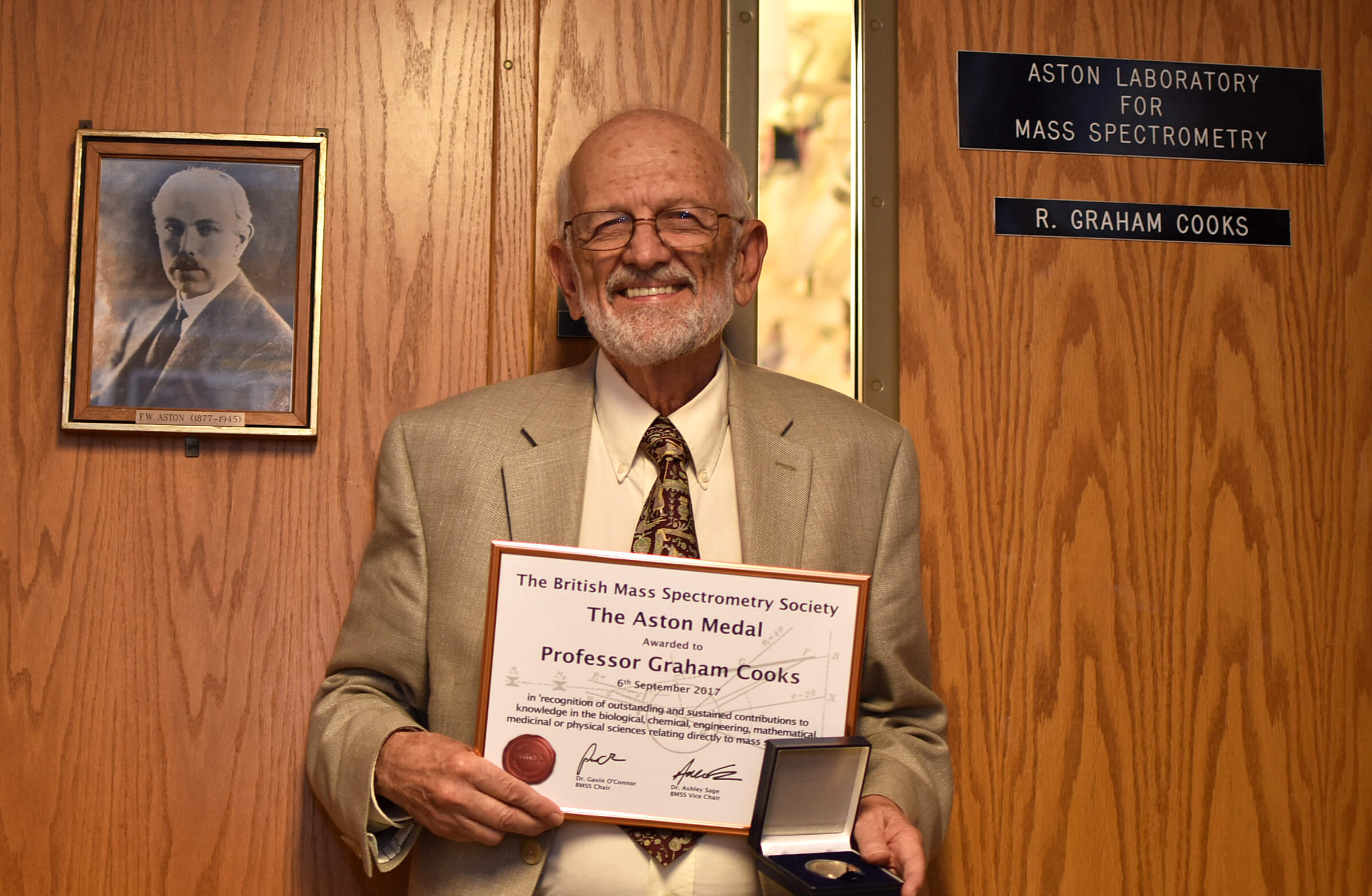Now, 5 years later we can admit that instruments have been developing more and more in this direction. Developers try to optimize duty cycles, perform on-the-fly calculations to prevent oversampling and increase peak capacity at the same time.
A current example for this is recent trend coupling liquid chromatography, ion mobility and mass spectrometry.
During ion mobility ions are separated based on their spatial extent. Many techniques have been developed to determine (reduced) ion mobility, K0, which can be converted by Mason-Schamp Equation to collisional cross section values (omega in Angstroem squared).
The easiest technique is the drift tube technique, in which a mixture of ions is subjected in the tube having a static pressure of 1bar and less. The separation is based on their mobility which is caused by friction originated from surrounding gas molecules. Herein, compact ions displaying high mobility and elute first, whereas large ions elute later. Usually it takes about 10ms to scan the entire ion mobility range.
The millisecond scan time fits perfectly into the time dimension of the elution time of a chromatographic peak, which usually takes seconds and a TOF scan, which takes microseconds. The additional information of ion mobility (in addition to retention time, isotopic pattern, m/z and intensity) provides a tool to analytical scientists to unambigueously identify isobaric and stereomeric compounds, which otherwise would overlap in MS-only analysis.
Prospectively, I am trying to work on posts covering various applications and the newest technological developments in this new branch of hyphenated mass spectrometry. I am looking forward to it!



Keine Kommentare:
Kommentar veröffentlichen